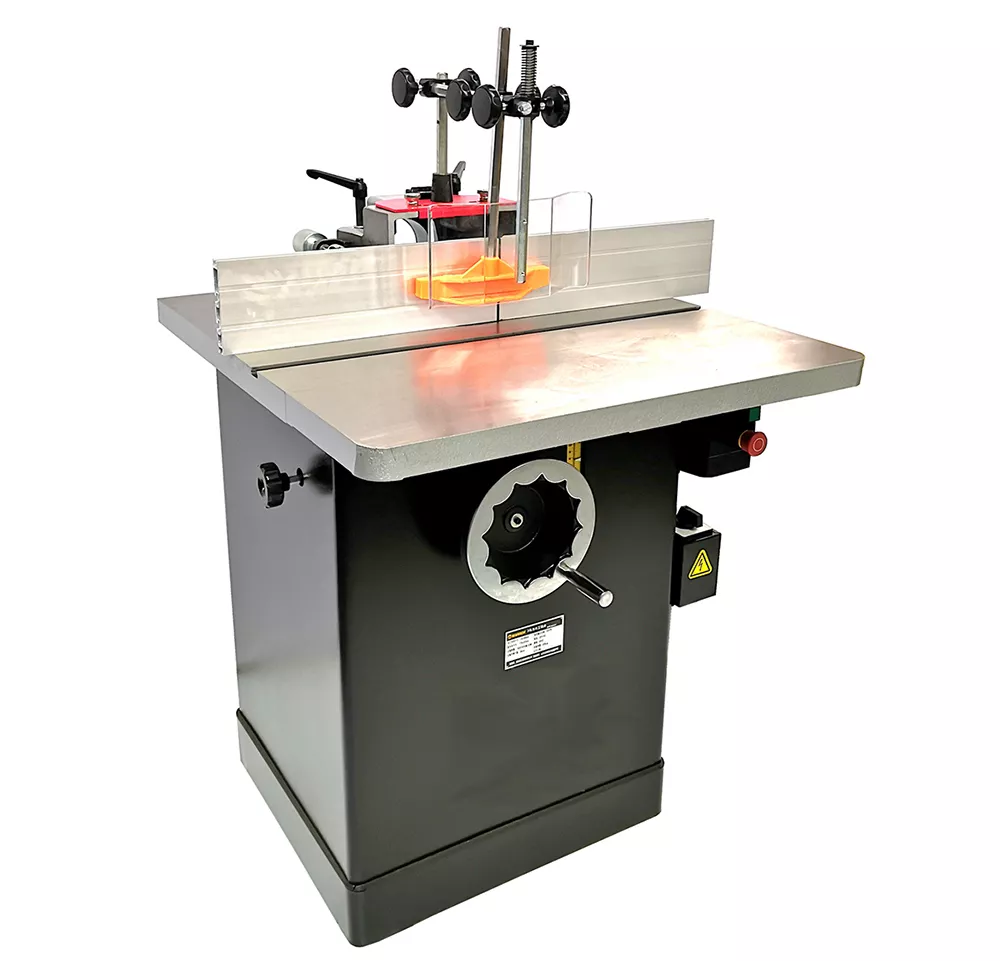Woodworking Tools and Machinery Manufacturing
1. Industry Overview
The woodworking tools and machinery manufacturing industry specializes in providing efficient and precise equipment for wood processing and furniture production. This sector covers various stages of wood processing, from raw material handling to finished product manufacturing. Key products include molders, planers, spiral heads, drum sanders, molding knives, planer blades, and saws. These tools and machines are widely used in furniture making, construction, and small-scale woodworking applications.

2. Market Status
-
Global Market Size and Distribution
The global woodworking machinery market is witnessing steady growth, with an estimated market size exceeding $15 billion in 2024. Major markets include North America, Europe, and Asia-Pacific, with China being the largest producer and exporter of woodworking tools and machinery.- North America: High demand for precision woodworking equipment, driven by the custom furniture and cabinetry markets.
- Europe: Focus on eco-friendly and energy-efficient machinery, with strong demand for high-quality molding tools.
- Asia-Pacific: Dominates production, with increasing consumption due to rapid urbanization and industrial expansion.
-
Key Application Areas
- Furniture Manufacturing: High precision and versatile machines like molders and drum sanders are essential for mass production and custom furniture production.
- Construction Industry: Tools like planers and saws are critical for timber processing in residential and commercial projects.
- DIY and Small-Scale Woodworking: Portable and user-friendly equipment such as spiral heads and compact planers are popular among hobbyists and small workshops.
3. Key Technological Trends
-
Automation and Precision
- CNC (Computer Numerical Control) technology is revolutionizing woodworking machinery, enabling precise and automated operation. Machines like CNC molders and planers allow manufacturers to produce intricate designs with minimal manual intervention.
- Integration of IoT (Internet of Things) technology is enabling remote monitoring and predictive maintenance, further enhancing productivity and equipment lifespan.
-
Energy Efficiency and Sustainability
- With growing environmental concerns, manufacturers are developing energy-efficient machines and using sustainable materials in tools like planer blades and molding knives.
- Dust extraction systems are becoming a standard feature, ensuring cleaner and safer operations while reducing environmental impact.
-
Customization Capabilities
- Modern woodworking machines increasingly cater to customizable designs, meeting the growing demand for personalized furniture and unique wood products.
- Spiral heads and drum sanders with adjustable settings offer enhanced flexibility for complex woodworking tasks.
4. Market Challenges
- High Initial Investment: Advanced woodworking machinery, especially CNC equipment, requires significant upfront costs, which can be a barrier for small and medium-sized enterprises (SMEs).
- Skilled Labor Shortage: Operating high-tech machines demands skilled operators, and the shortage of such professionals poses challenges to the industry.
- Global Supply Chain Disruptions: Fluctuations in raw material availability, such as steel for blades and knives, and geopolitical factors can impact production and delivery timelines.
5. Opportunities and Future Outlook
- Expanding Furniture Market: The increasing popularity of custom and modular furniture will drive demand for versatile woodworking machines like molders and planers.
- Rising DIY Culture: The growing interest in DIY woodworking projects creates a robust market for compact, affordable, and user-friendly tools like spiral heads and small drum sanders.
- Technological Advancements: Innovations in automation, precision, and sustainable manufacturing will open new avenues for growth and market expansion.
6. Conclusion
The woodworking tools and machinery manufacturing industry is poised for sustained growth, driven by advancements in technology, expanding application areas, and growing global demand for wood products. Companies that invest in automation, sustainability, and customer-focused solutions are likely to gain a competitive edge in this dynamic market.

